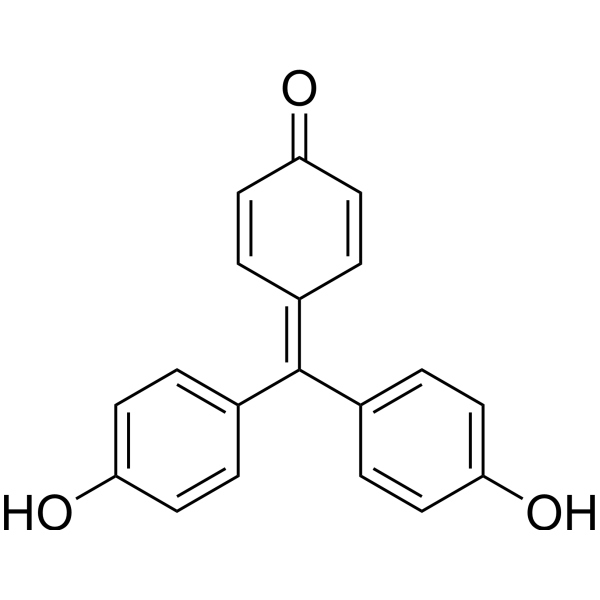Differential activation of heme oxygenase-1 by chalcones and rosolic acid in endothelial cells.
Roberta Foresti, Martha Hoque, Diego Monti, Colin J Green, Roberto Motterlini
Index: J. Pharmacol. Exp. Ther. 312(2) , 686-93, (2005)
Full Text: HTML
Abstract
The induction of heme oxygenase-1 (HO-1) is widely recognized as an effective cellular strategy to counteract a variety of stressful events. We have shown that curcumin and caffeic acid phenethyl ester, two naturally occurring phytochemicals that possess antioxidant, anti-inflammatory, and anticarcinogenic activities, induce HO-1 in many cell types. This suggests that stimulation of HO-1 could partly underlie the beneficial effects exerted by these plant-derived constituents. Here we examined the ability of additional plant constituents to up-regulate heme oxygenase activity and HO-1 in aortic endothelial cells. Incubation of endothelial cells with a series of polyphenolic chalcones (5-50 microM) resulted in increased heme oxygenase activity; interestingly, the chemical structure dictated the pattern of heme oxygenase induction, which was unique to each particular compound employed. We also found that rosolic acid, a constituent isolated from the rhizome of Plantago asiatica L. dramatically increased HO-1 in a concentration- and time-dependent manner. Severe cytotoxicity was observed after prolonged exposure (24 or 48 h) of cells to curcumin and caffeic acid phenethyl ester, whereas 2'-hydroxychalcone and rosolic acid did not affect cell viability. By using different mitogen-activated protein kinase inhibitors, we determined that the extracellular signal-regulated kinase, p38, and c-Jun NH(2)-terminal protein kinase pathways play only a minor role in the induction of HO-1 by rosolic acid and 2'-hydroxychalcone. On the other hand, increased intra- and extracellular thiols markedly reduced the rise in heme oxygenase activity elicited by rosolic acid. Thus, this study identified novel plant constituents that highly induce HO-1 in endothelial cells and investigated some of the mechanisms involved in this effect.
Related Compounds
| Structure | Name/CAS No. | Molecular Formula | Articles |
|---|---|---|---|
 |
Aurin
CAS:603-45-2 |
C19H14O3 |
|
Ligand polarizability contributes to tau fibril binding affi...
2011-09-01 [Bioorg. Med. Chem. 19 , 5147-54, (2011)] |
|
Screening of natural and synthetic drugs against Trypanosoma...
1994-01-01 [Microbios 78(315) , 83-90, (1994)] |
|
Crystal structure analysis of oxidized Pseudomonas aeruginos...
1991-10-05 [J. Mol. Biol. 221(3) , 765-72, (1991)] |
|
Biological evaluation, chelation, and molecular modeling stu...
2006-06-15 [J. Med. Chem. 49 , 3595-601, (2006)] |
|
Aurintricarboxylic acid and Evans Blue represent two differe...
1986-04-14 [Biochem. Biophys. Res. Commun. 136(1) , 64-71, (1986)] |